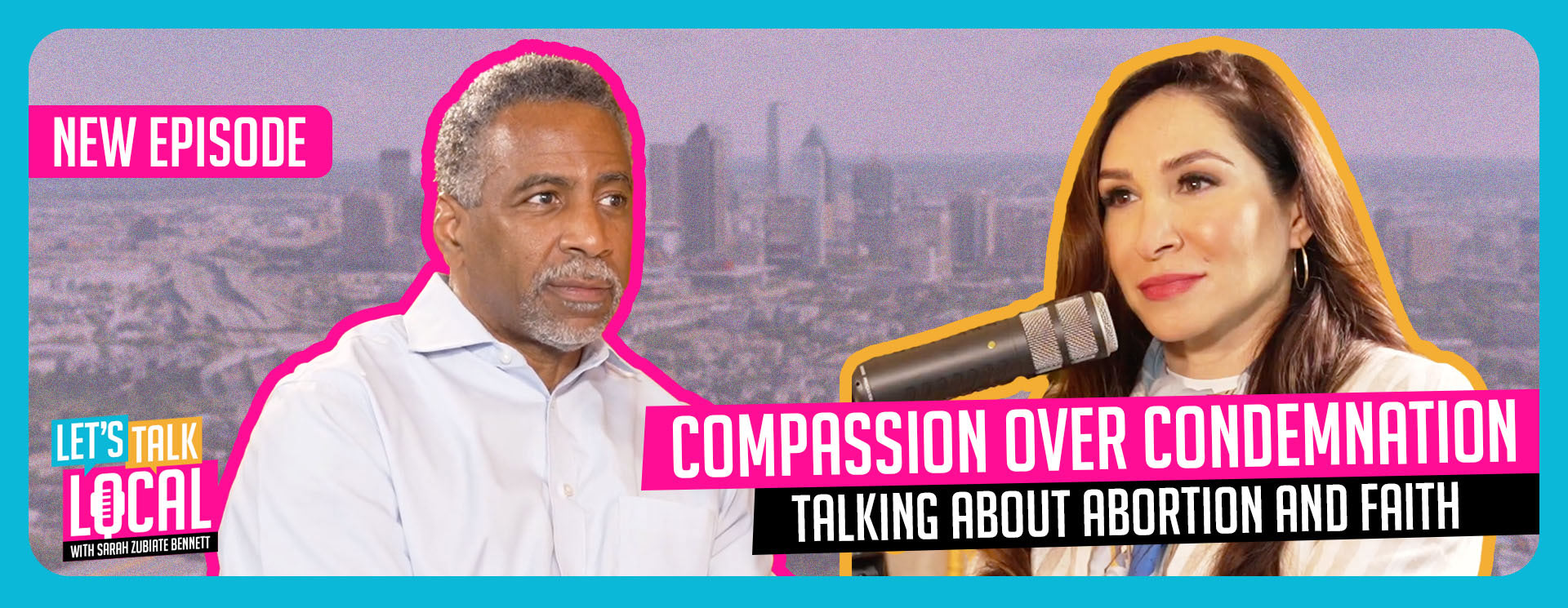Some experts have apprehensions about some of the Federal Reserve’s recent moves and the prospects of a “soft landing,” according to a report by ZeroHedge:
“The Federal Reserve’s Federal Open Market Committee (FOMC) last week left the target policy interest rate (the federal funds rate) unchanged at 5.5 percent. The target rate has now been flat at 5.5 percent since July of 2023—as the Fed waits and hopes that everything will turn out fine. In his prepared remarks at Wednesday’s FOMC press conference, Powell continued with the soothing message he has generally employed at these press conferences over the past year. The general message has been one of moderate but sustained growth, and an economy marked by ‘strong’ employment trends and moderating inflation.
“Powell then combined this view of the economy with a general narrative on Fed policy in which the FOMC will hold steady until the committee believes that inflation is returning to the ‘long-run target of two-percent inflation.’ Once the Fed is ‘confident’ that the target inflation level has been secured, then the Fed will begin cutting the target interest rate, and this will then send the economy back into another expansion phase.
“Through it all, Powell and the FOMC insist that there will be no significant bumps in the road and a ‘soft landing’ will be achieved. That is, Powell and the Fed repeatedly tell the public that the Fed will thread the needle of pulling down price inflation while also ensuring that the economy continues to grow at solid rates while employment remains strong.
“But there are two problems with this narrative: The first is that the Fed has never actually managed to pull this off—at least not at any time in the last 45 years. In actual experience, this is what happens: the Fed denies there is a recession approaching well until after the recession has begun. Then, the Fed cuts interest rates after unemployment has already begun to march upward.
“The second problem with the narrative is that the Fed is not motivated simply by concerns over the state of employment and the economy. Yes, the Fed would have us believe that it cares only about an unbiased reading of economic data, and that Fed policy is guided by this alone. When the Fed claims to be ‘data driven’ this is what it means. In reality, the Fed is deeply concerned with something else entirely: keeping interest rates low so that the federal government can continue to borrow enormous amounts of money at low yields. The more the federal government adds to its enormous debt, the more pressure there will be on the central bank to keep rates low and send them lower.
“Yes, it’s true the Fed fears price inflation because price inflation causes political instability. When this fear wins out, the fed lets interest rates rise. But, the Federal Treasury also expects the Fed to keep interest rates low for the elites in the federal government who never tire of deficit spending. When the “need” for deficit spending wins out, the Fed forces interest rates down. These two goals are directly opposed to each other. Unfortunately, if the Fed has to choose between the two, it is likely to choose the path of lower interest rates and rising price inflation.”
To read the entire article by ZeroHedge, please click HERE.


